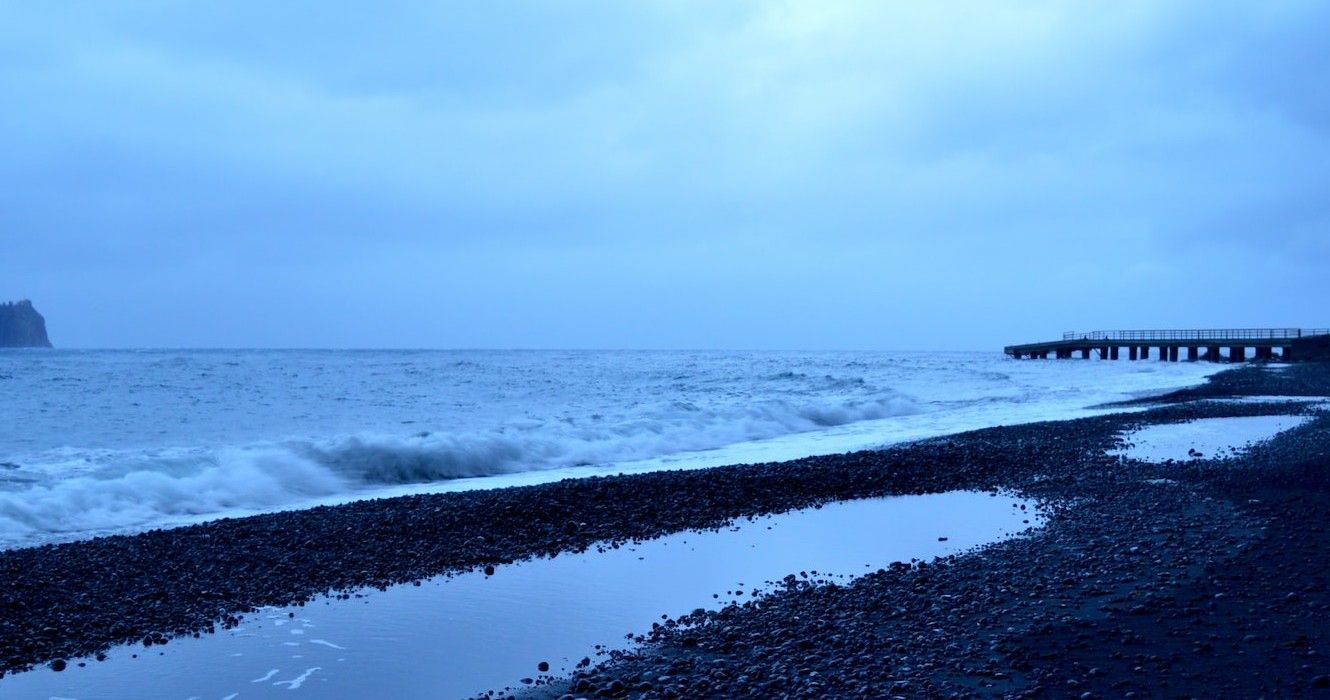About 1.5 kilometers from Stromboli's northeastern edge lies a sea stack known as Strombolicchio, believed to have been produced by volcanic activity. Sharp cliffs that plunge straight into the water give the island its distinctive appearance. The mountain's slopes are of great ecological significance since they shelter numerous endangered species of plants and animals.
The underwater walls descend roughly 50 meters to a sandy floor and are inhabited by encrusting algae, sponges, marine annelids, bryozoans, and gorgonians. As a bonus, the Italian Navy owns and operates a lighthouse atop Strombolicchio, adding another attraction to the island.
What To Know About The Strombolicchio Lighthouse
An operational lighthouse, the Strombolicchio lighthouse, is found at the top of the sea stack located one nautical mile (1.9 km; 1.2 mi) to the northeast of Stromboli in the Aeolian Islands.
The island's peak height was reduced by about 10 to 12 meters in the 1920s when the tip was blasted off to construct the lighthouse. There is also a seaside stairway of two hundred steps that leads up to the lighthouse.
The Strombolicchio lighthouse, built in 1925, features a white cylindrical tower 8 meters (26 feet) in height and is equipped with a balcony and lantern.
This tower sits atop a one-story keeper's residence made of white stone. The grey-painted lantern stands about 57 meters (187 feet) above the water and emits three white flashes every 15 seconds, making it visible for 11 nautical miles (20 km; 13 mi).
In the hands of the Marina Militare, it is fully automated, solar-powered, and identified by the code number 3310 E.F.
Strombolicchio was a significant draw for visitors for a while. The island was designated a nature preserve in 1991, after which visitors were no longer permitted to set foot there.
However, curious travelers can still go on a boat journey to the island, do a complete round, and head back.
Understanding Stromboli Island, Mountain, And Volcanoes
In 2016, the population of Stromboli, an island in the Tyrrhenian Sea off the northern coast of Sicily, was around 500. To the north are San Bartolo and San Vincenzo, while to the south is Ginostra, a more miniature village.
On the administrative level, they are a part of the frazione (the smallest possible unit of a comune and municipality) of Lipari, Messina.
Several thousand people called the island home in the early 1900s, but by the mid-1950s, only a few hundred remained. This island, along with the others in the Aeolian archipelago, is home to a unique Sicilian dialect called Aeolian, which most locals speak alongside Italian.
Mount Stromboli, located on this island, is one of Italy's four active volcanoes. The island stands in the volcanic Aeolian archipelago north of Sicily. It covers around 12.6 square kilometers or almost one-third of the volcano's total surface area.
The island's moniker, "Lighthouse of the Mediterranean," comes from the fact that the volcano is always active with tiny eruptions and can be seen from various locations on the island and in the surrounding sea.
The mountain has continually erupted for the past 2,000-5,000 years, with the most recent significant eruption being in 1921.
Mild to moderate explosions of incandescent volcanic bombs, a form of volcanic ash, occur at the summit craters for minutes to hours. The so-called Strombolian eruption pattern can be witnessed at many volcanoes worldwide.
Short, mild, but explosive bursts of ash, incandescent lava fragments, and stone blocks can rise several hundred meters when eruptions from the summit craters occur.
Although Stromboli is known for its explosive eruptions, lava flows appear during increased volcanic activity periods. The last effusive eruption on the island was in 2002, after a 17-year hiatus, and subsequent ones occurred in 2003, 2007, and 2013–14.
The National Institute of Geophysics and Volcanology in Italy recorded twenty minor explosive events on the afternoon of July 3, 2019, in addition to two significant tumultuous events that occurred at around 16:46 local time.
An explosive eruption occurred at 10:16 local time on August 28, 2019, sending a pyroclastic flow down the volcano's northern flank and into the sea, where it traveled for several hundred meters before collapsing. The ensuing column of ash rose to a staggering 2,000 meters in height (6,600 feet).
How To Get There
Visitors can choose from a few different trips culminating in a trek to the top of the volcano, where they'll have an hour to take in the views before leaving. The three-hour ascent of the volcano is arduous and not to be taken lightly.
Even though the volcano can be seen from the deck of a passing cruise ship, sunset tours offer the finest views of the volcano against the night sky, making Stromboli the best time to visit for those planning a land excursion.
There is no light on the trail going down, so a flashlight is required. Magmatrek is a great travel agency that comes highly suggested. Tours on the Magmatrek set off twice a day.
To secure a reservation, travelers should do so in advance. Travelers from the mainland or Sicily can take a ferry or hydrofoil to Lipari, where they will likely change a boat to Stromboli.

